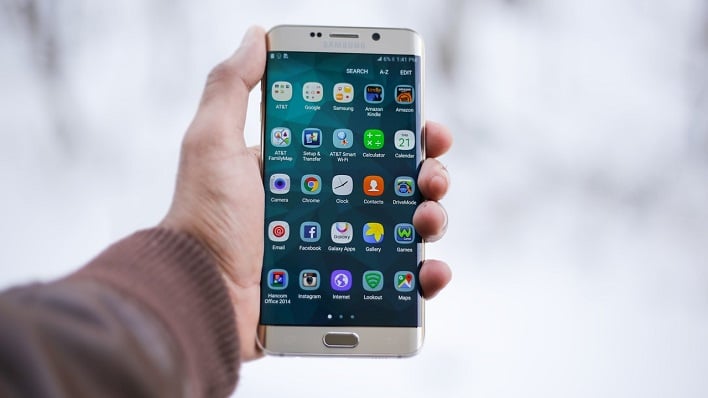Google's New Android Phone Storage Mandate Will Make iPhone Users Jealous
The growing size of Android operating system updates and applications has influenced Google's recent increase in storage requirements. Although Android 14 could still function on devices with 16GB storage capacity, users are often left with very little space after a few applications are installed. With 32 GB of space, however, Android users will have more freedom.
Google's requirement states that 75% of the total storage on a device must be dedicated to the Android's main data partition, which comprises the operating system, apps, and user files. While it's not impossible to run Android 15 with devices with less than 32GB storage capacity, Android devices that do not meet the new standards risk losing access to Google Mobile Services(GMS). Without Google Mobile Services, useful features like Google Play Services and the Play Store become inaccessible.

It is worth noting that this is the first major increase in Android's minimum storage requirements since Android 13 placed 16GB as the threshold. Android 12 only needed 8GB. With each version, the 75% data partition rule has remained constant, however.
Considering the space needed to store pictures, create backups, install applications, and keep up with today's digital life, it's easy to conclude that Google's decision to enforce a 32GB minimum internal storage makes sense. Although a 32GB storage requirement will obviously not guarantee users will not need to aggressively manage storage use (32GB is still quite small), these new requirements highlight Google's push to do away with underperforming devices and ensure smoother performance, even on budget smartphones.

